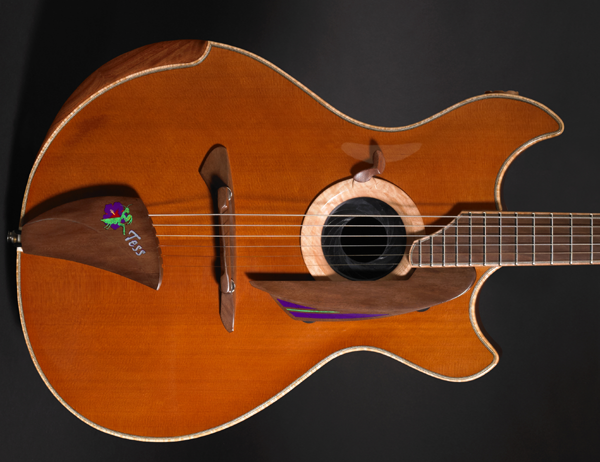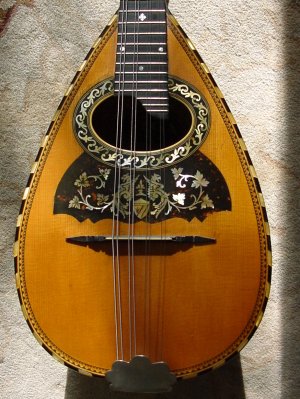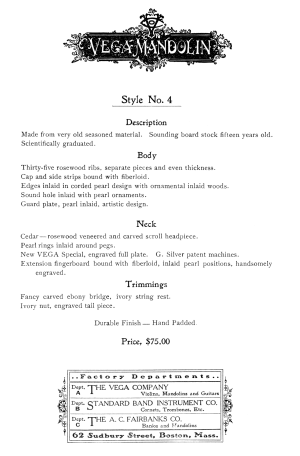Pete Askew
Admin
I'm am sure that @Rob MacKillop will be interested. Oh, and welcome to RPF, Muuray.
The recent influx of new members responding to some very old posts has provided us to see these old posts again and in a couple of cases I've seen responses that I had missed first time around. (eg,..Pete's wonderful posing of the Adult Fungas Gnat portrait.) So it's all good!Uh-oh...this is one of those forums with trophies, but at least it does it's own accounting.
I forgot, in my last post, there is also the associated topic of 'how many lenses? ...also complicated by the difficulties with fractions.
I just noticed Rob's post was in 2015. I...
Very, very good. Really liked this.In action:



Django seemed to like his Maccaferri.But Maccaferri also became infatuated with molded plastic (guitars, ukuleles, clothespins).
For some reason I just thought that was a generic 10-string video. Very Nice!Back up to Ivar's response a few posts ago...I think he linked to a video of Rob with the 10-stringer.
No one seems to have noticed the Comins 'Aperture' literally has a camera diaphragm in the sound hole to allow the sound hole area to be changed like an f-stop, instead of f-holes.Guitars that take pictures? (Close but not quite...)
Coming commission guitar(s) for someone's birthday. I cannot find the original listing on the Comins website, possibly because only a small number of Comins 'Aperture' models were built.
Bill Comins utilized an iris/diaphragm/aperture mechanism to allow the sound hole opening area to be adjustable.
Interestingly, he chased down patent ownership to pay a licensing or royalty (or whatever) for the use of the. I was surprised it was still due.
Here is a photo of a Comins Aperture guitar. I don't know how long the link will be valid, but with a little digging, something usually appears...I think I also saw an online magazine article that discussed it a bit more, perhaps resulting from an interview with the luthier.

Comins Aperture
Bill Comins has been making archtops for quite a while, and is legendary in this regard. While he is famous for his traditional archtops, he is also making somwww.modernmojoguitars.com
There is a dead link later in this article under 'for more info', but this does explain most of it with (at this time) 15 photos, including the iris adjusted to...uh, various f-holes stops...?
As with many DIY iris projects, a shutter is not easily fit.
Ok, I'm really stretching the camera illusion a bit too far.
I have a couple of iris mechanisms that open up to nearly 76 mm/3" (inches, not seconds...no shutter included), that I bought from Surplus Shed in Pennsylvania. Comins is near Philadelphia, PA. I was born (or hatched, I don't remember,) <50 km from there.
Some kind of connection implied...
